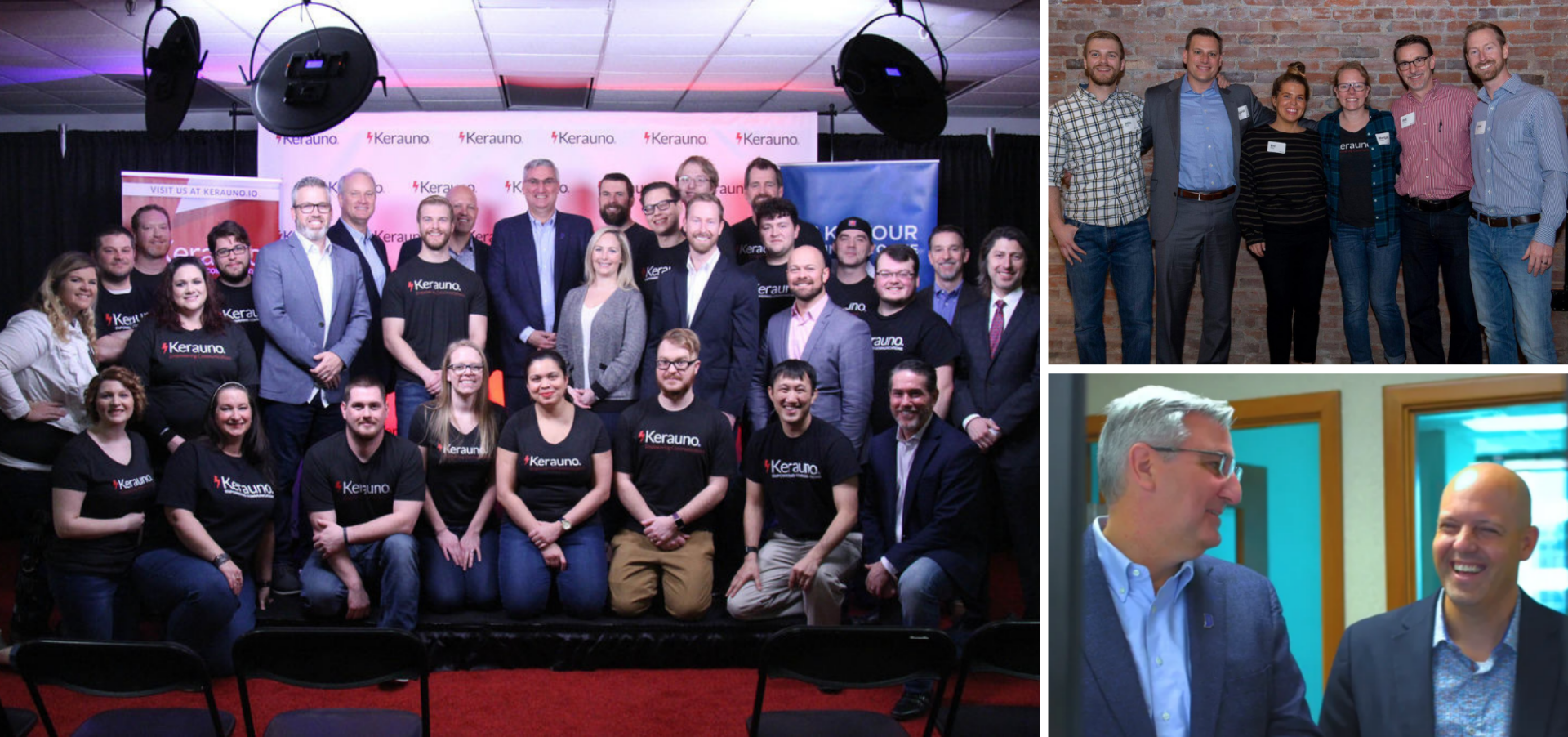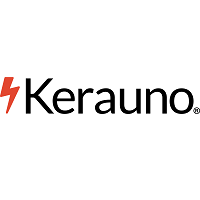Kerauno is moving beyond communications software and changing human interaction
Co-founders (and brothers) Josh and Jason Ross initially launched communications software-as-a-service company Kerauno because they knew they could help facilitate better interactions and deeper engagement between companies and their customers. What the brothers and their growing team of engineers have discovered through their innovative and intuitive communication and collaboration solutions is that they are providing more than tools and platforms. They are changing human interaction for the better–and it appears to be working.
In just the past 22 months, they’ve signed high-profile customers like the Indianapolis Colts, Ace Rent a Car, Jackson Hewitt, and Meineke; generated seven-digit revenues (possibly close to $10 million by now, but they aren’t saying); and raised $25 million in funding in what has been called the largest Series A investment in Indiana tech history.
Kerauno, which currently employs nearly 100 people and plans to hire 100 more over two years, is already tracking at triple-digit growth for 2019.
The company’s growth is certainly in line with growth of the global unified communication as a service or UCaaS market. Gartner predicts a staggering annual growth rate of nearly 30%, accelerating from just over $8 billion in 2015 to nearly $80 billion in 2024.
The pitfall Kerauno intends to sidestep as a newcomer in a high-growth market with a suffocating competitive landscape is what David calls the “peanut butter problem.” All companies are susceptible to it, but younger companies, in particular, tend to spread themselves too thin. They get excited about their early successes and try to be all things to all people and it almost never works out because it’s not sustainable or scalable, he explained.
While the larger competitors are continuing to move upstream and focus almost exclusively on enterprises, Kerauno is taking the opposite approach by focusing on building UCaaS software and services for the underserved market of smaller companies with 25 to 500 employees.
“Technology gets leapfrogged pretty quickly, so it’s important to understand who we are at our core,” David said. “Our engineers and product developers deliver superior tools and software because they have a broader mission than creating technology for technology’s sake–they are changing human interaction.”
For example, David highlighted the newer Kerauno Launch text engagement platform as a way the company is redefining direct communication between companies and their customers, employees or any other critical business audience.
“Everybody texts. Every text gets seen immediately, and everybody prefers to communicate via text nowadays–even with brands and companies,” David said. “The bigger challenge now is helping brands and companies understand how to use mass texting in a positive and responsible way.”
Now that texting is no longer just a one-way information or reporting tool for brands and companies, but a real-time, two-way interaction platform, there’s a high risk of either gaining more favor or losing a customer forever if she or he is disappointed with the interaction or simply uninterested and opts out of receiving those texts.
“It’s not acceptable to be one dimensional with customers via text,” David said. “There has to be a value share with the customer. They expect to receive tailored offers and MMS pictures, videos and other rich content that is relevant to their business or fan relationship with the brand or company. With Kerauno Launch, they can also do voting, polling, surveys and more, and all in real-time back and forth.”
Additionally, Kerauno is working on a third and emerging product category that is currently in Beta with some trusted clients. The solution is an innovative, communication-focused Workflow Orchestration Platform as a Service (WPaaS) which builds powerfully intuitive interactions across systems to systems, systems to devices, devices to humans and human to one another. The platform allows an organization to build entire process-driven workflows across their software technologies that may not already have existing out-of-the-box integrations. The key focus being on the communication steps that are often not mapped out in existing workflow solutions.
“Some people call it orchestration or business optimization where
they send in an army of developers to stitch everything together with custom
software, but what they’ve forgotten is the people and the communications
aspect of it all,” David said. As a company that is working to change human
interaction, Kerauno’s approach doesn’t involve an army of programmers or deep
coding, but an intuitive rules engine that sits above it all and places the
people and their interactions at the center.
“It’s important for people to know about Kerauno, who we are and
what we’ve built because it’s happening fast and people are going to want to be
a part of what we’re doing here,” David said. “I believe it’s the exceptional
group of people and talent that the Ross brothers have assembled, the
tremendous vision they’ve set and the experience we deliver that makes the
difference. We’re shaping the future of how people are going to communicate
with the brands and the companies they do business with, and the epicenter is
here at an Indianapolis-based company.”






